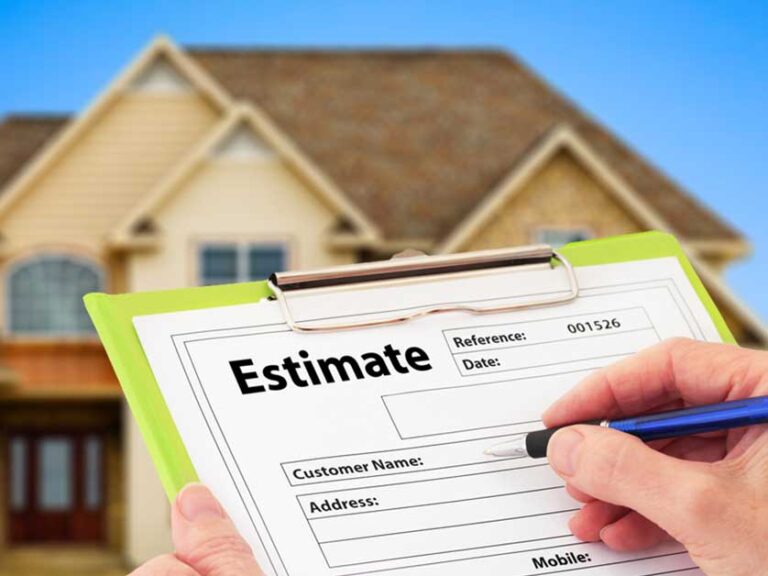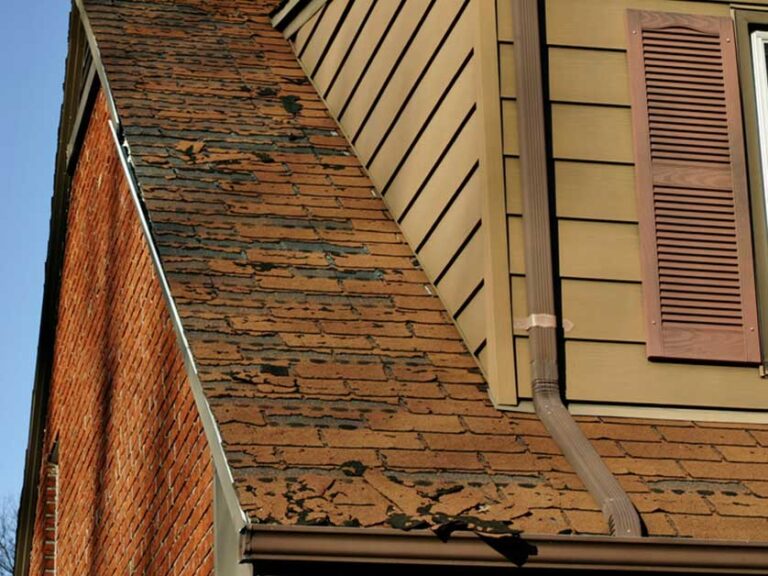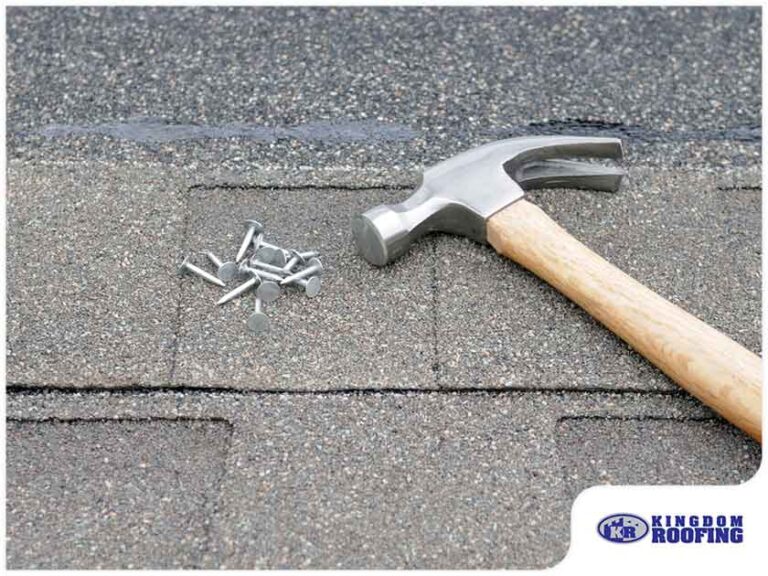A roof that suffered extensive damage should be replaced as soon as possible. If a roof replacement is deliberately delayed, there’s a strong chance roofing damage might affect other parts of your home, turning what should have been a straightforward roof replacement into a more extensive overhaul of your exterior.
What are the other issues you may encounter if a roof replacement is deliberately delayed? [company_name], your trusted roofing contractor, lists them below:
- Structural damage – The longer the roofing replacement is delayed, the longer your roof is exposed to the elements, and the higher the risk moisture damage causes further complications for your roof replacement.
- Pest damage – Pests love to nest in small, dark spaces, so there’s a strong chance they’ll use holes in your roof to infiltrate your home.
- Electrical issues – If water manages to infiltrate your home and make its way to your home’s electrical wiring, it may cause electrical issues, which will increase the costs of a roof replacement.
- Health risks – In addition to causing structural damage, excess moisture creates a damp environment that’s the perfect breeding ground for mold. Mold is considered a health risk because its spores can cause allergy flare-ups and aggravate respiratory conditions.
Important note: mold can also damage your home’s structure by eating away at its wooden components. If you notice dark-colored spots on your ceiling and walls or musty smells that get stronger as you approach a room, you should consult a roofing contractor. Since mold can easily affect other parts of your home, roofing components damaged by mold need to be replaced as soon as possible.
Why Delays Are Likely to Cost You More in the Long Run
All of the aforementioned issues can lengthen the timeline for your roof replacement and in the process increase the project costs. That’s why deliberately delaying a roof replacement just doesn’t make financial sense. The same goes for roof repair projects: roof leaks should be repaired as soon as possible. Otherwise, moisture damage may affect other parts of your home.
Important note: keep in mind that the warning signs of leaks and moisture damage aren’t always noticeable. For instance, ceiling stains only appear when the water from leaks has already made its way to the interior. By that time, it’s usually too late to mitigate moisture damage. That’s why it’s important to have your roof routinely maintained. As a general rule, your roof should be inspected by a roof repair services contractor at least twice a year and after extreme weather events.
The Main Cause of Project Delays
Delays can increase the costs of a roof replacement, but you can’t completely rule out the risk of delays. That’s why it’s important that homeowners have at least a basic understanding of the usual causes of delays.
Here’s an overview of the usual culprits behind project delays:
- Inclement weather – To minimize weather-related project delays, most homeowners schedule roof replacement projects in the summer. Thanks to the season’s drier weather, weather-related delays are less of a concern.
Here’s a tip: we recommend discussing contingency plans with your roofing contractor. For instance, if it rains in the middle of your roof replacement project, it’s standard practice for your roofer to cover the exposed roof sheathing with a tarp and wait for the rain to subside. This is to keep rain from drenching your new roof’s decking, barriers, OSB boards and felt and prevent mold from forming. Remember: mold and mildew thrive in damp environments. However, you shouldn’t worry too much about weather-related delays if you made sure to do your research on a prospective contractor before hiring them. A professional contractor would know what to do in case there’s inclement weather.
- Underlying roofing issues – Another factor you can’t rule out is underlying roofing issues such as deck rot. Before the start of your roofing project, your contractors will assess the condition of your roof’s decking by inspecting your attic for signs of damage. However, this method isn’t completely foolproof. As such, even if your contractor didn’t find any signs of damage in your attic, there’s still a chance your roof’s decking has deck rot. However, you shouldn’t worry too much about underlying roofing issues if your roof was routinely maintained by a roof repair services company.
- Change orders – Change orders (modifications made to the original scope of the project after construction has already started) are sometimes necessary. However, since they can delay the project timeline and blow your budget, they should be avoided as much as possible.
Planning Tips
Fortunately, you can minimize the risk of delays and keep your roof replacement project on track through early planning. To help you get started on the planning phase of your roofing project, here are some planning tips:
- Clarify the scope of your project with your contractor – During your initial consultation, it’s important to discuss with your contractor the scope of their responsibilities. Some of the details that need to be discussed are the required work permits (contractors usually handle the application for work permits, but it would still be a good idea to clarify this important detail with your roofer), the project timeline (take note that the timeline hasn’t been finalized yet at this stage), their contingency plans in case of bad weather, and the roofing materials that are best suited to your local climate (no matter how durable your new roof is, it won’t last long if it can’t handle your area’s climate).
- Inform your contractor about the times when you’re usually available – Don’t forget that since home improvement projects are essentially a collaboration between you and your roofer, clear and constant communication is vital to the success of your roofing project. To minimize delays between responses, we recommend informing your roofer about the times when you’re usually available as well as your preferred mode of communication.
- Put everything in writing – Always put everything in writing. After all, given how busy roofing projects can get, it’s easy to forget important project details and deadlines.
- Vet a prospective roofer before hiring them – Always vet a roofer before hiring them to make sure they’re qualified for the job.
Vetting Tips
Looking for a roofer? Here are some vetting tips:
- Focus your search on local contractors – To quickly narrow down your options, limit your search to contractors near your area. Hiring local also has its advantages. For starters, since local roofers are more familiar with the local climate and building codes, they can make better recommendations.
- Check their certifications – Certifications are proof a contractor has undergone professional training to enhance their skillset and stringent vetting by manufacturers and independent non-profits. In a sense, they’ve already done all the vetting work for you.
Why Hire a GAF® Master Elite® Roofing Contractor?
GAF®, one of the most trusted names in the roofing industry, offers the Master Elite® certification to contractors who are properly licensed, adequately insured, committed to ongoing professional training, and have a solid reputation in their local community. The requirements for the Master Elite certification are so stringent that only 2% of the roofers in the country qualify for the certification. These stringent requirements mean you can rest easy Master Elite roofers will install your roof correctly.
Here’s a tip: Master Elite roofers also offer exclusive warranties that can help maximize the returns on investment on your new roof. To learn more about your warranty options, consult one of your local roofers.
[company_name] offers a wide range of professional roofing services, including roof replacement and repair services. To get a free inspection and estimate, call us at (941) 217-2411 or fill out this form.




